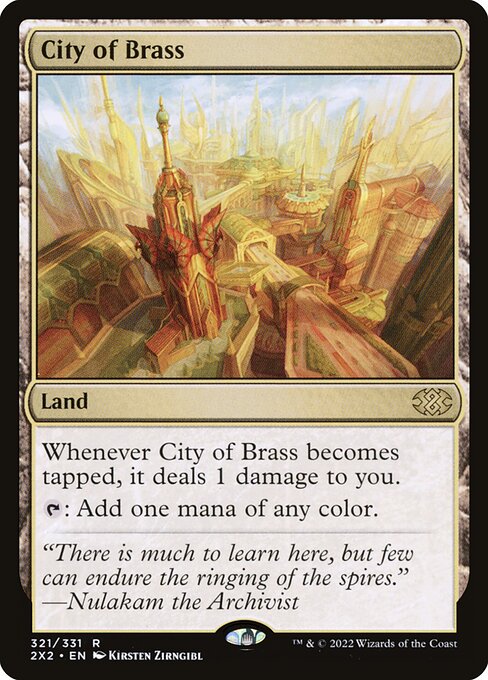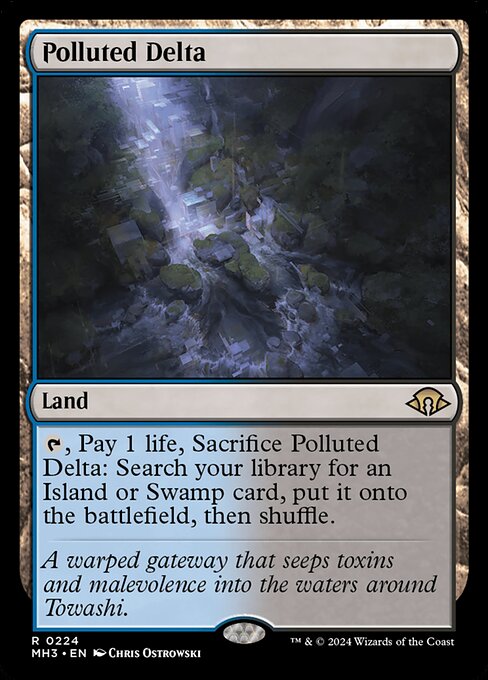Deck & Commander Strategies

Narset, Jeskai Waymaster
Utilizes card advantage through draw triggers and spells that capitalize on casting noncreature spells to generate value, aiming for incremental advantage and control elements.

Felothar the Steadfast
Focuses on resilience and value generation through aggressive board presence and a balance of removal and ramp, aiming to control the battlefield while applying pressure.

Kotis, Sibsig Champion
Leverages aggressive mana ramp and damage-focused synergies to apply pressure quickly, combining fast mana with efficient creatures and burn to close out the game.

Zurgo Stormrender
Emphasizes fast aggressive starts and combat damage, using cheap creatures and combat tricks to maintain tempo and finish games before opponents stabilize.
Gameplay Insights
- 1
Players carefully managed life loss from aggressive mana sources like City of Brass and Ancient Tomb to maintain board presence without overcommitting to damage early on.
- 2
The casting of Demonic Tutor marked a critical shift from setup to potential combo or control plays, increasing tension and prompting more interaction.
- 3
Paying or declining to pay for triggered abilities such as those from Soul Ring and other artifacts was a recurring tactical decision impacting card draw and tempo.
- 4
Despite high card counts and multiple counterspells available, players showed restraint in rushing to combos or all-in attacks, indicating a meta focused on control and interaction.
- 5
Strategic sequencing of spells and triggers was essential to maintaining advantage and preventing opponents from executing their win conditions prematurely.
Notable Cards
-

Demonic Tutor
-

City of Brass
-

Ancient Tomb
-

Polluted Delta
Gameplay Summary
The game started with players ramping and setting up their mana bases, with early plays including mana rocks like Soul Ring and City of Brass, and land drops such as Ancient Tomb and Polluted Delta.
Early interaction involved managing life totals carefully due to aggressive mana acceleration costs.
Players deployed key engines and card draw effects, including Southern Library and various ritual spells, to build resources.
A pivotal moment came when a Demonic Tutor resolved, signaling a shift toward combo or control strategies.
Despite multiple board interactions and counters, the game slowed down due to resource management and careful plays from all players. Midgame saw players casting their commanders and leveraging their unique abilities while maintaining a cautious approach to avoid overcommitting.
Strategic use of pay-for-trigger abilities like those from Soul Ring and other artifacts influenced tempo and card advantage.
The game featured a mixture of incremental value plays and tactical combat steps, with players attempting to preserve board presence and life totals.
The game remained tense with high card counts and multiple counters available, highlighting a control-heavy meta that was cautious about committing to all-in attacks or combos.
The outcome hinged on resource management and careful sequencing of spells and triggers.

























![Tarkir: Dragonstorm PACK TACTICS ft. Teval, Felothar, Eshki, Zurgo [ EDH / Commander Gameplay ] thumbnail](https://i.ytimg.com/vi/hZuA4Kdlt04/sddefault.jpg)











